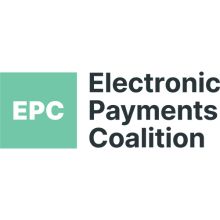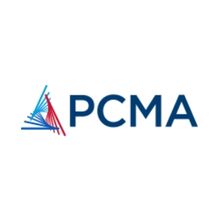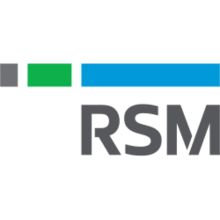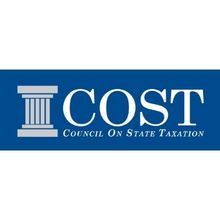Public-Private Partnerships (P3s)
Public-private partnerships (P3s) are performance-based, long-term contractual arrangements in which the private sector takes on a larger role (which can include design, construction, operation and management, financing, etc.) in an infrastructure project. By bringing together private, federal, state, and local funds, P3s can shift the risk to entities best suited to manage it. This can result in time and cost savings for the overall project. In addition to faster initial funding and construction, supporters argue that when a private firm has an equity stake and control over the execution of a project, long-term management of that project will improve over traditional public management It is important to note that P3s do not create new revenue for a project. Any initial investment from the private entity will be repaid through tolls or other revenue sources. Therefore, going the P3 route is akin to borrowing funds to pay for transportation projects. Each P3 project is unique and carries its own complex risks. And while P3s are not always a good fit for a project, at a time of great uncertainty in transportation funding, P3s are a useful tool to build projects that may have been delayed or otherwise abandoned. Currently, 34 states and the District of Columbia have laws authorizing the use of P3s. The enabling legislation varies widely in the types of eligible projects, governance and procurement structures, and legislative involvement. Some states enable specific projects, while others enable a broader program. However, P3s still represent only a small part of recent surface transportation projects (1.5% from 2007-2013). While limited in their utility, the US has not reached its full P3 potential (experts believe less than 20% of transportation projects could be delivered by the P3 model). Furthermore, three-quarters of the P3 projects are located in just eight states: California, Colorado, Florida, Indiana, New Jersey, Texas, Utah, and Virginia. Click on image to download a copy of the map. State Chambers are encouraged to use, share, and rebrand any of the materials COSC provides members. COSC staff are happy to work with you to update and edit any of our maps or other materials (email [email protected]) to meet your needs.
P3s Help States Finish Needed ProjectsIn addition to faster initial funding and construction, supporters argue that when a private firm has an equity stake and control over the execution of a project, long-term management of that project will improve over traditional public management. For example, the city of Bayonne, New Jersey contracted out the management of its water system to a private entity in 2012. The joint venture signed a 40-year contract to run and invest in the Bayonne water system while the city maintains ownership. And Pennsylvania recently cut a deal with a joint venture to repair and replace nearly 600 bridges throughout the state. The state’s Department of Transportation optimistically estimated they could complete the bridge replacement in 10-15 years. The winning private partnership promises to finish the entire 558 bridge project in only 3 years. It is important to note that P3s do not create new revenue for a project. Any initial investment from the private entity will be repaid through tolls or other revenue sources. Therefore, going the P3 route is akin to borrowing funds to pay for transportation projects. Each P3 project is unique and carries its own complex risks. And while P3s are not always a good fit for a project, at a time of great uncertainty in transportation funding, P3s are a useful tool to build projects that may have been delayed or otherwise abandoned. P3s are complex contractual instruments that require financial, legal, and risk management experts. Because of this added expense, P3s lend themselves to larger projects, however, a project as small as a school has proven to be a successful P3 given the right circumstances. Research & ResourcesResearch
Journalism & Opinion
|















